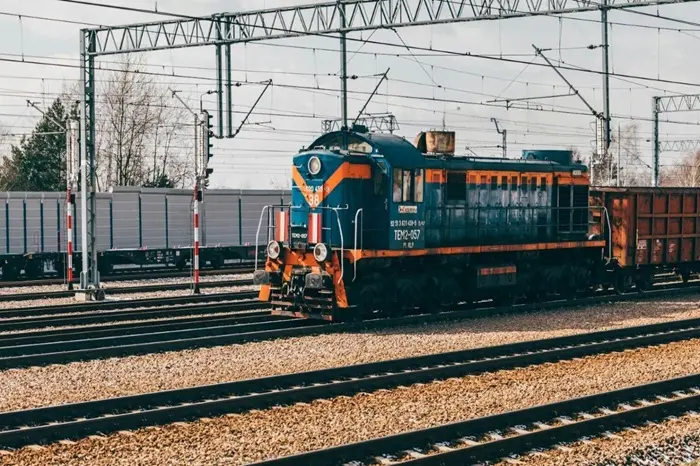Two entrepreneurs are poised to transform rail travel by applying mid-flight refueling concepts from aviation to trains, enabling a dramatic increase in the number of trains operating on a network while enhancing their speed.
Trains are widely regarded as a safe, reliable, cost-effective, and energy-efficient mode of transport. However, a significant limitation has been the required spacing between trains to ensure safety. Currently, at least 1.5 kilometers (nearly a mile) must separate each train to allow for safe stopping, restricting rail networks to approximately 14 trains per hour on a given stretch of track.
This fixed capacity has remained a challenge—until now. Alberto Mandler and Moti Topf, CEO and CTO of DirecTrainSystems and former Israeli Air Force veterans, have developed a solution that could effectively double this capacity.
Their innovation, termed “dynamic coupling,” allows separate railway cars to attach and detach while in motion, without the need for trains to stop or slow down. This capability enables a passenger train to couple with a freight service during part of its journey, functioning as a single train and thus optimizing rail network capacity.
While rail operators have traditionally been able to couple trains when stationary, the ability to do so at speed represents a groundbreaking advancement in rail technology. This could lead to a significant reconfiguration of rail travel logistics and efficiency.
Related topics:
What Did the German Culture Bring to America
How Is American Culture Different from Others

